There is no doubting that icewine put Canada on the world wine map, but in recent years, that sweet vinous treat has fallen on hard times.
The trouble began when COVID hit, the market plummeted for icewine due to several factors, not the least of which was China’s abrupt move away from Canadian sweet wines and the ritual of gifting. Other factors impacted icewine’s shrinking market, but key producers have battled back and seem to be now trending upward, at least from COVID and post-COVID lows.
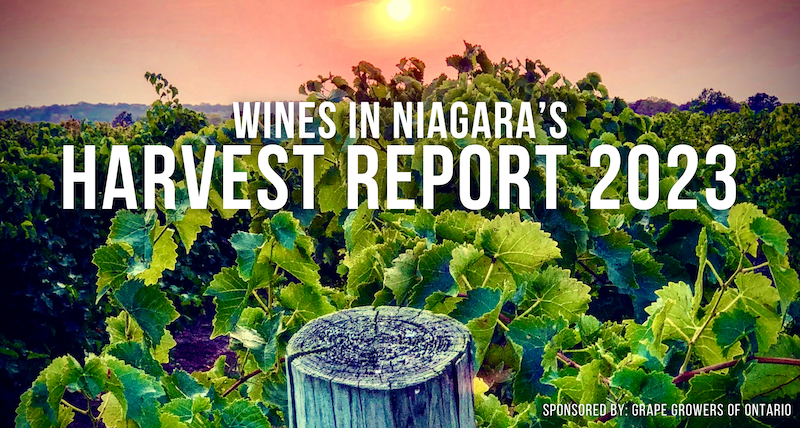
After an ideal icewine harvest in Niagara, which began conveniently on Jan. 15, a robust 4,100 tonnes of grapes were picked for icewine, 5.4 times more than in 2022 when just 765 tonnes were harvested.
In this post written by Jamie Slingerland, director of viniculture at Pillitteri Estates Winery, Canada’s largest independent producer of icewine, he discusses icewine’s future, the grape surplus in 2023 and the bane of over-taxation for wineries in this province. It written is Slingerland’s own words.
By Jamie Slingerland
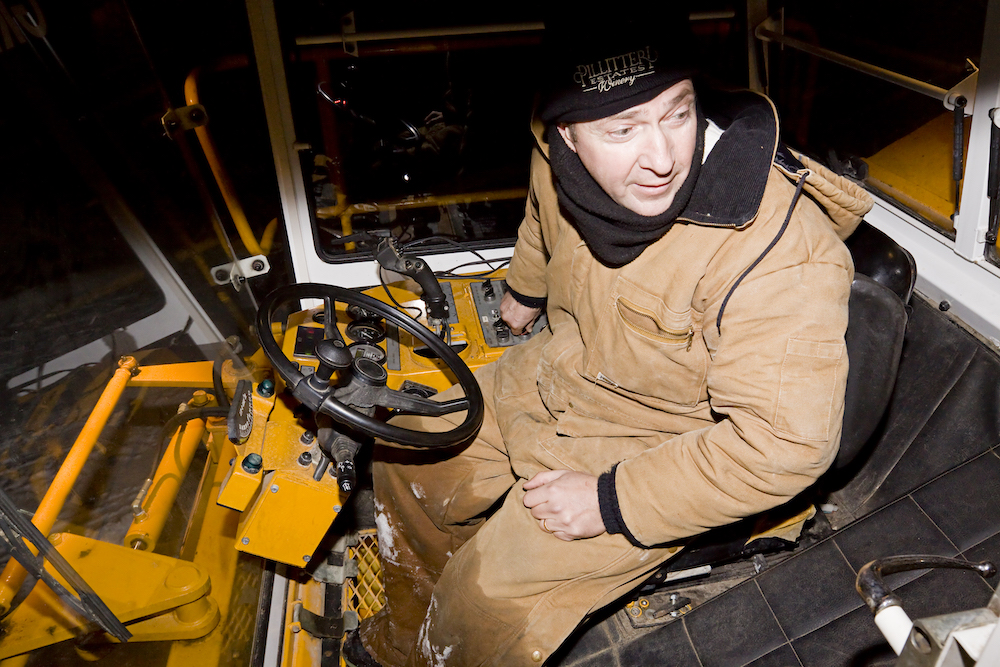
It was the greatest icewine harvest in years despite a mild December, January, and mid-February. El Nino went full tilt for the 2023-24 winter with record warm temperatures. But despite the warm weather, the vintage 2023 will go down as an exceptional icewine vintage with high icewine grape volumes.
Icewine is a challenge to produce. Typically, there is a 1-2% loss per day starting in late December due to birds and dehydration that rapidly occurs once the grapes change from green to brown. But in this vintage the grapes stayed green longer, holding off dehydration and the birds had plenty to eat all winter as the ground was not frozen or covered in snow.
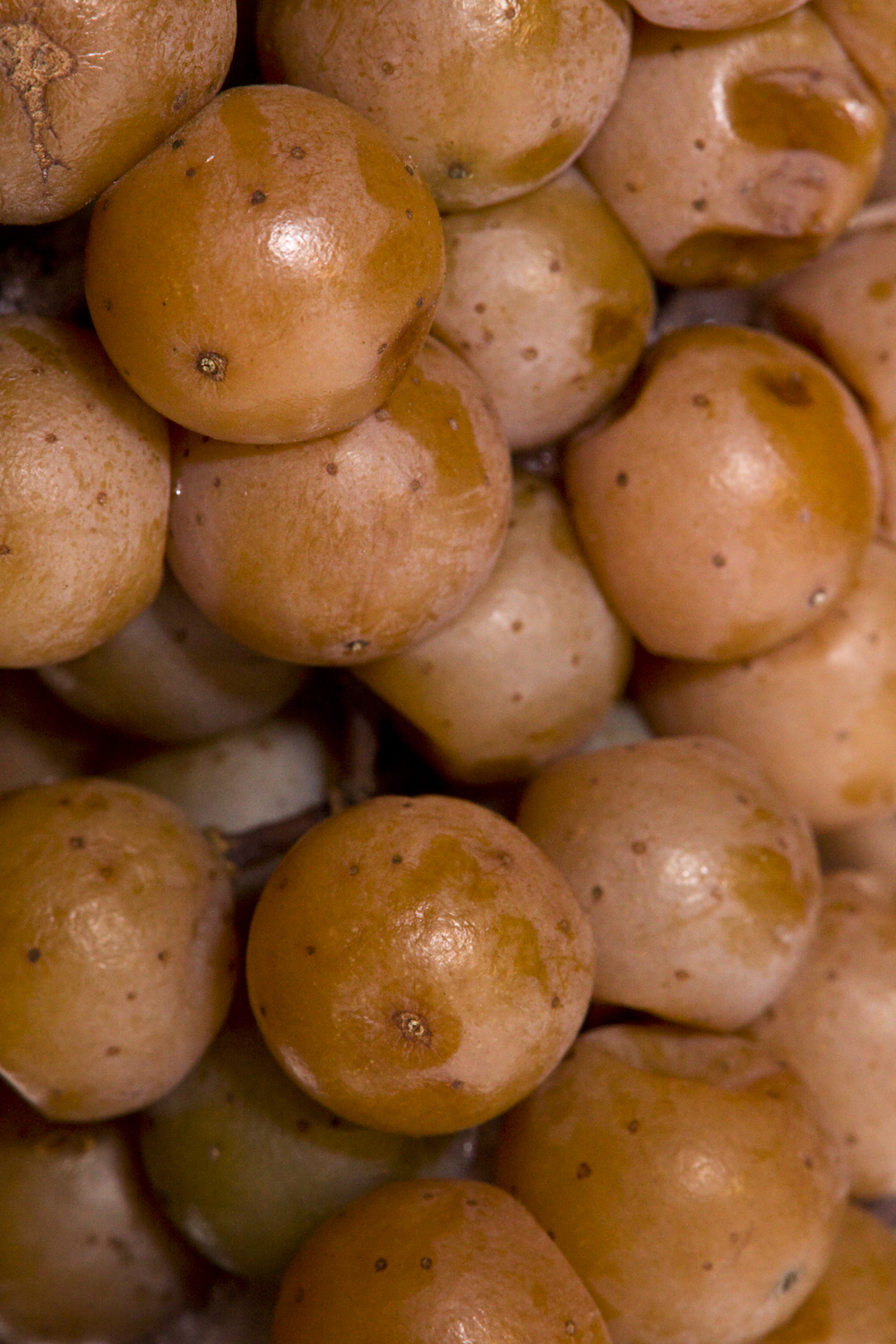
The magic in the flavour of icewine is how the cold produces intense unique flavours once the grapes turn brown. As the cold weather approached in mid-January, thanks to a Polar Vortex that usually happens each winter, the green grapes turned brown, see photo above, just before harvest began and after five harvest days/nights in a week most of the crop was harvested.
For the first time that I can recall, a lot of growers ran out of one-tonne bins to fill with icewine grapes. The 2023 icewine crop was 4,000 tonnes, which was up from the previous three vintages, but short of pre-COVID levels. In part, the reason that there were so many grapes left for icewine was that there was a surplus of grapes in 2023, so growers hoping to recover something left them for icewine.
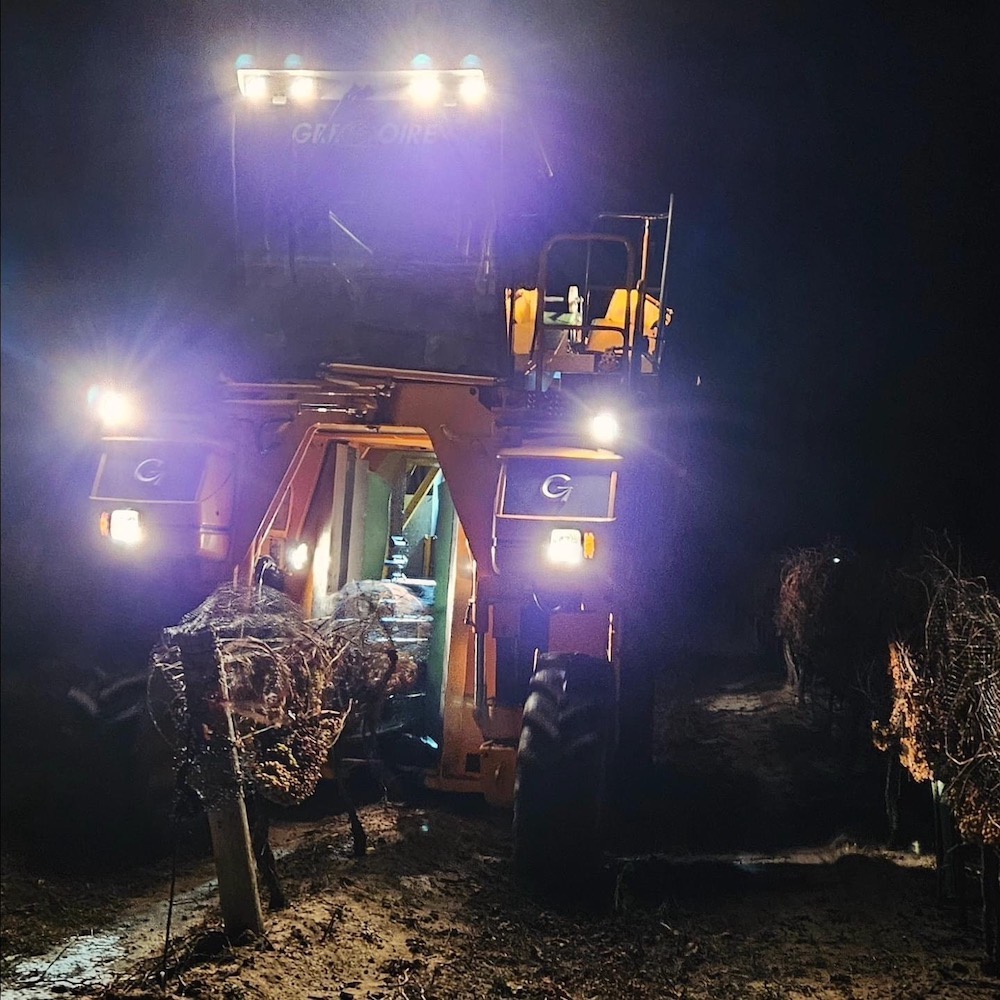
The 4,000 tonnes left for icewine was a massive difference in comparison to the three previous years when there were low tonnages left for icewine, low weight per vine, and a low percent recovered per vine due to later harvest losses of dehydration and birds.
Typically, 95% of the icewine grapes are harvested in Niagara-on-the-Lake making it the “Icewine Capital of the World.” Mostly because this is where the larger growers have vineyards, and those growers have their own presses crushing most of the icewine juice that large wineries process into icewine.
There are few places left in the world that produce icewine to the standards of VQA Icewine. Niagara has the beauty of being warm enough to grow a wide range of grapes and cold enough to produce icewine. The only regrets most winery/growers had for the 2023 icewine season was that everyone ran out of bins to fill, and a minor amount was left for late harvest when it got warmer.
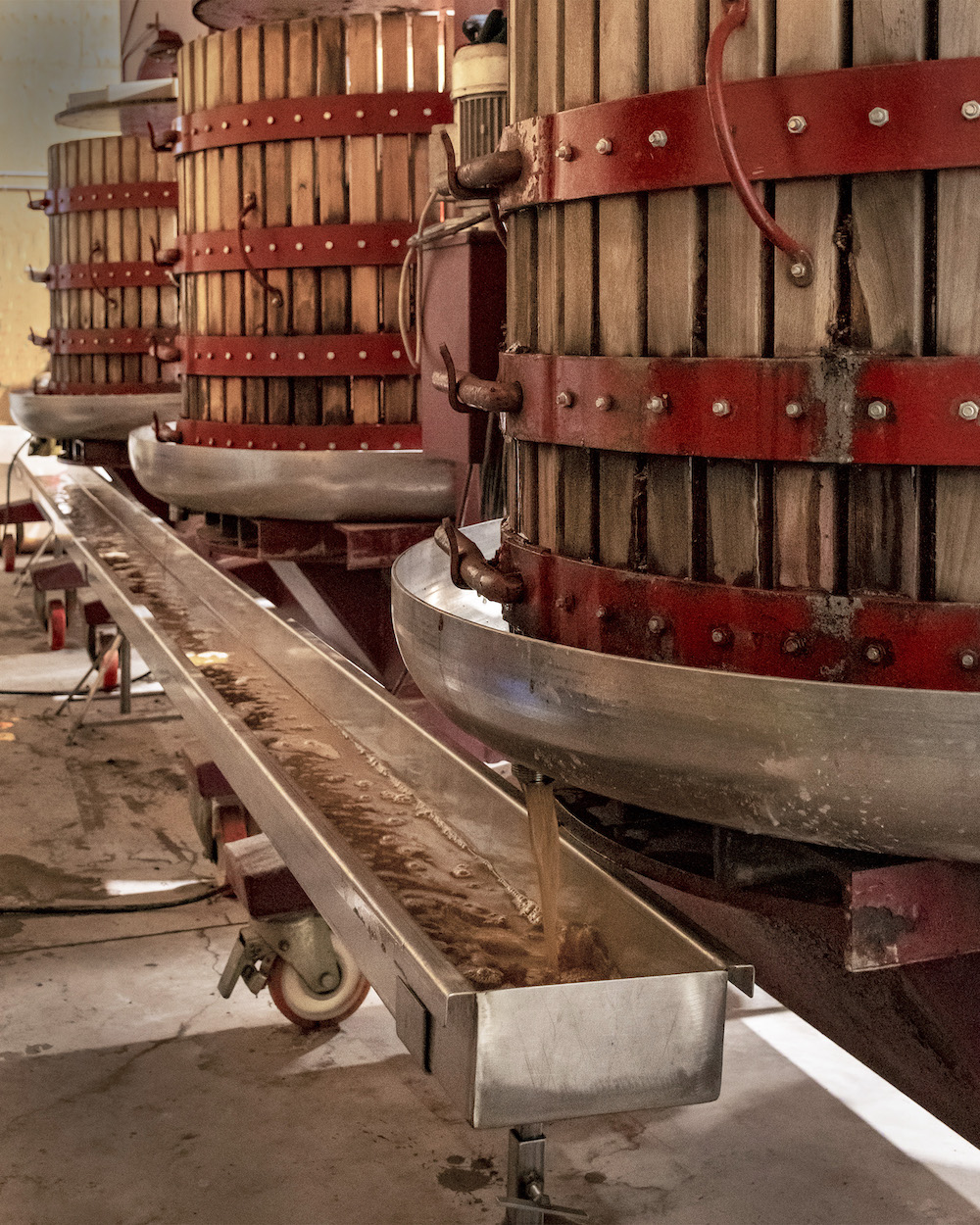
I have harvested Icewine grapes for 35 years. First in 1988 with my brother-in-law Charlie (Pillitteri) and father-in-law Gary (Pillitteri), as amateur winemakers, we hand-picked grapes on our knees emptying the nets into grape boxes then into hand operated basket presses. Starting in 1993 when the winery opened, we had larger hand-picking crews that over the years grew to 30-60 people a night, 8-10 nights a season but only picking 10 to 20 tonnes a night.
Difficulty in finding enough workers to pick icewine back then necessitated machine harvesting some 20 years ago and we, like other growers, began to machine harvest with long hours averaging 12 tonnes an hour. My first night out picking icewine this year, I picked 160 tonnes. During subsequent nights that week, we picked another four nights.
Each year is different for Ontario when growing grapes for wine. Predictions are for a strong La Nina year typically following a strong El Nino year. Let’s hope we stay warm May to November before it gets cold in December and January for icewine.
Market conditions resulted in
a surplus of grapes in 2023
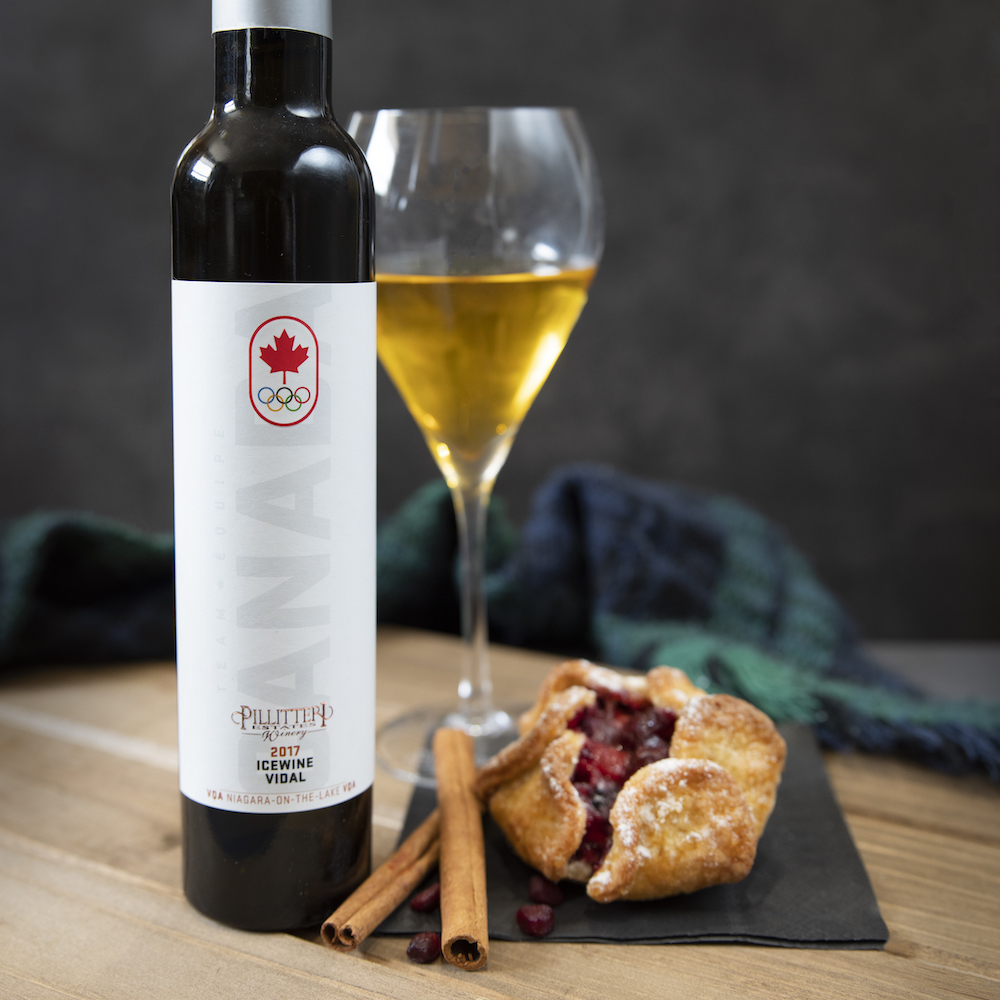
Reduced wine sales during COVID resulted in a reduced grape demand in 2023.
As the first varieties of grapes were harvested in the fall it became very apparent that, with a few exceptions, grapes from every variety would remain unsold. Pinot Gris was the lone exception. 2023 was a grape surplus year due mostly to market conditions.
In brief, wineries were badly beaten up during COVID. 50% of all VQA wine produced in Ontario is sold at winery retail stores (WRS). During COVID, for half the year, there was zero domestic tourism; for the full year, there was zero international tourism from Europe and Asia and when wineries were open, capacity levels that were allowed were fractional.
For many wineries, sales were a disaster for three years. Tourism from Asian countries accounts for the majority of icewine sales so as a result icewine production levels reduced correspondingly to 10% and 20% of pre-COVID levels. While growers sold big crops to wineries in 2019, 2020 and 2021, wineries didn’t sell those vintages in equal quantities one, two and three years later during COVID causing an inventory buildup.
During COVID, wineries experienced increased costs that reached 100% increases for glass, cardboard, cork, and labels. Added to that was shortages of those same input costs resulting in less wine bottled.
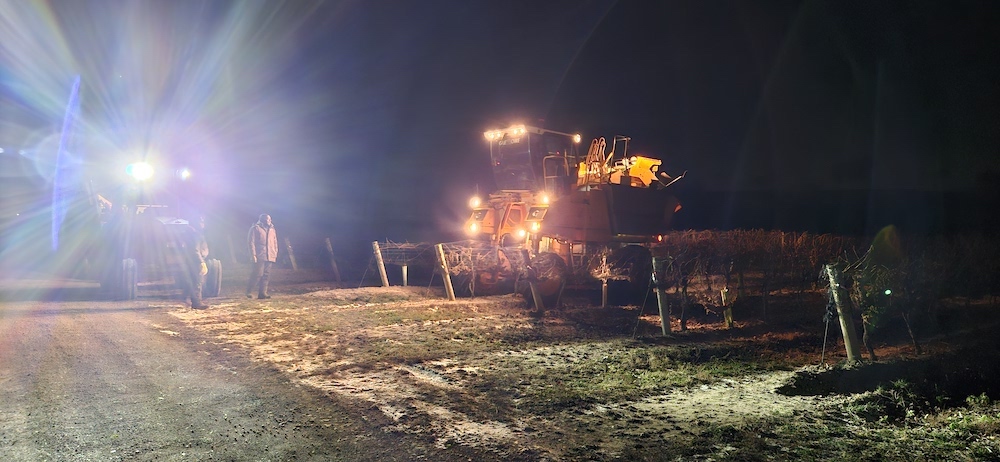
As inventories grew during COVID, Ontario wineries discounted wine and winery profit margins were extinguished. Evidence of such can be found with the annual financial statements of two large Ontario publicly traded wineries that showed unheard of losses for two years, others for three years.
The light crop of 2022 hid the low demand for grapes by wineries that year. For many smaller wineries in 2023 that pressure began to show as many as 30-40 wineries were trying to sell their own grapes and half that many wineries were offering themselves for sale. Not only was there a grape surplus but COVID accentuated the difficulties that many wineries experienced with high taxation from previous years.
Taxation of Ontario VQA wine
is the highest in the world
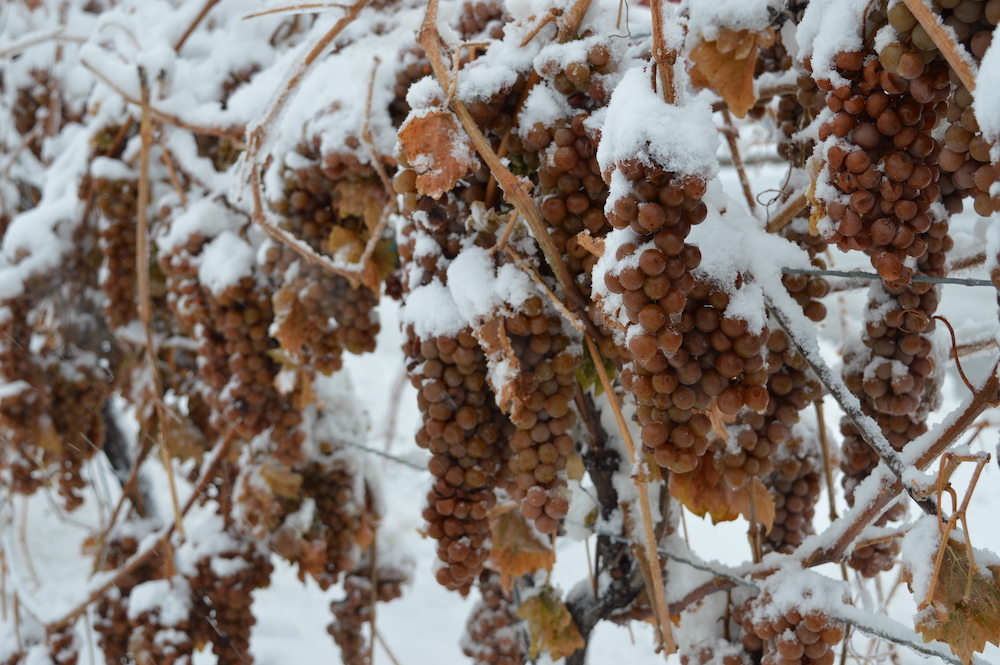
Ontario wineries are the most heavily taxed wineries in the world for the VQA wines they produce. Upon all the other taxes every other commodity pays Ontario, VQA wineries pay additional taxes of up to 58%.
As an example, a VQA wine that sells for $10 at the LCBO, the province collects 52% in additional taxes plus 2% for a container deposit and the Canadian government collects 4%. In the years before COVID, wineries begged for tax relief from both levels of government.
During and before COVID, the federal government provided relief and with the last two years, introduced (hopefully to be again renewed soon) the “Wine Sector Support Program,” which is close to the federal 4% taxes. But obtaining relief from the province during COVID was elusive until late winter of 2023 when the province announced a removal of the 6.1% tax (only at the on-site winery retail stores) sometime in the future, a relief that will be greatly appreciated when it happens.
Other items the province put in place immediately was extending and enhancing the VQA wine support program beginning in 2024-25 for up to 5 years, the wine marketing fund for five years and minimum wine pricing. That still leaves in place mid 40s% taxation. That is a lot of taxation, but at this point any relief is welcome.
Note: After Jamie Slingerland wrote this, the Canadian government announced an extension to the Wine Sector Support Program with an investment of up to $177 million over the next three years. As well, the federal government capped the annual alcohol excise tax increase on beer, spirits and wine at 2% for an additional two years.


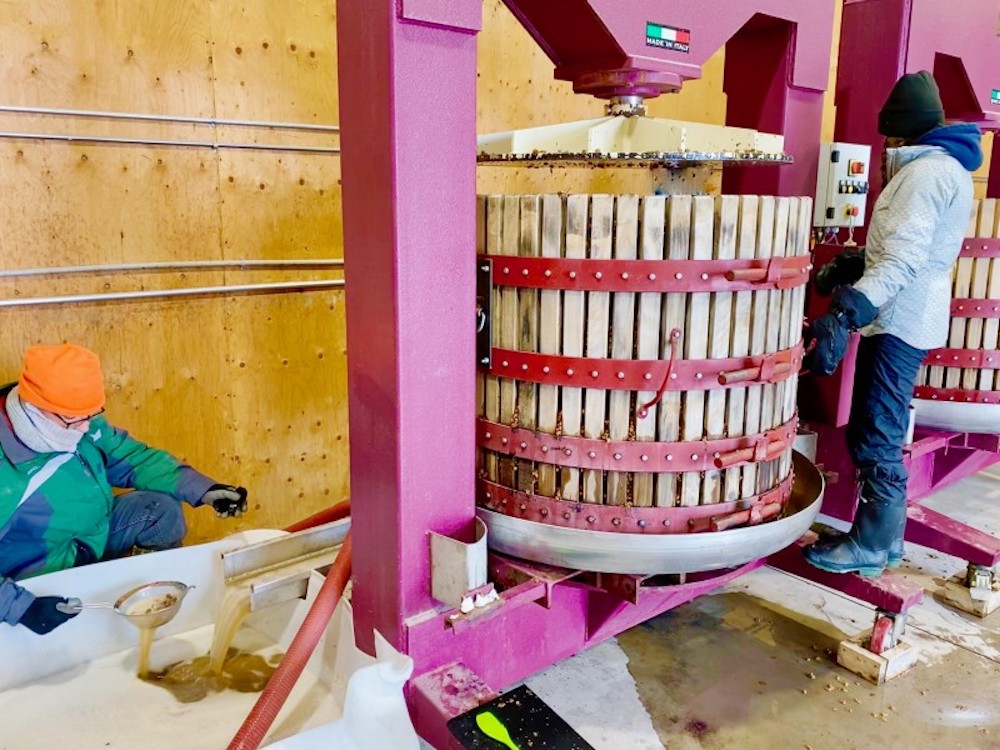




Comment here